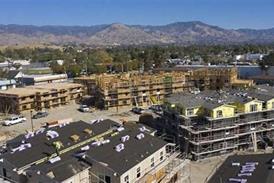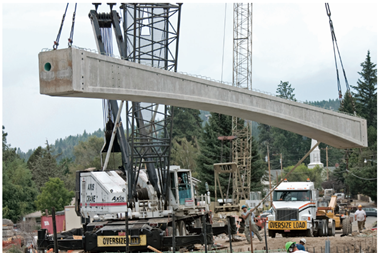California State Teachers Retirement System (CalSTRS) is considering doubling its infrastructure allocation despite concerns around competitive pricing.
The $191bn (€171bn) pension fund currently has an allocation target of 1%, but could decide in November to increase this to 2%.
It is yet to reach its current target, having only $985m invested in the asset class, meaning the allocation increase would effectively allow CalSTRS to invest close to $3bn in infrastructure.
The pension fund is being advised by Pension Consulting Alliance (PCA) and Meketa Investment Group. A final decision will be made at the November board meeting.
According to board meeting documents, CalSTRS expects infrastructure to produce long-term returns with desirable risk levels and attractive diversification benefits relative to other asset classes.
Portfolio modeling and optimisation undertaken by the pension fund is generally steering CalPERS in favour of private asset classes. With private equity and real estate reaching their maximum allocation constraints, infrastructure is also attractive.
But the pension fund has identified challenges in increasing its exposure to the asset class significantly, including aggressive pricing for some assets.
CalSTRS said it might prove difficult to invest consistently and systematically in infrastructure. It also cited the need to thoroughly review managers and individual infrastructure opportunities as a challenge.
The pension fund told IP Real Estate it plans to invest global infrastructure, directly through separate account managers and indirectly through commingled real estate funds.
Earlier this year it joined forces with Argo Infrastructure Partners and Dutch pensions group APG to invest in US energy infrastructure.
CalSTRS has a particular focus on cash-flow generating assets in its domestic market, Western Europe, Japan and OECD countries.
It is looking at regulated utilities, toll bridges, energy distribution and other transportation assets.
According to CalSTRS investment policy, infrastructure should exceed a minimum of net-of-fees real return of 4%.















No comments yet